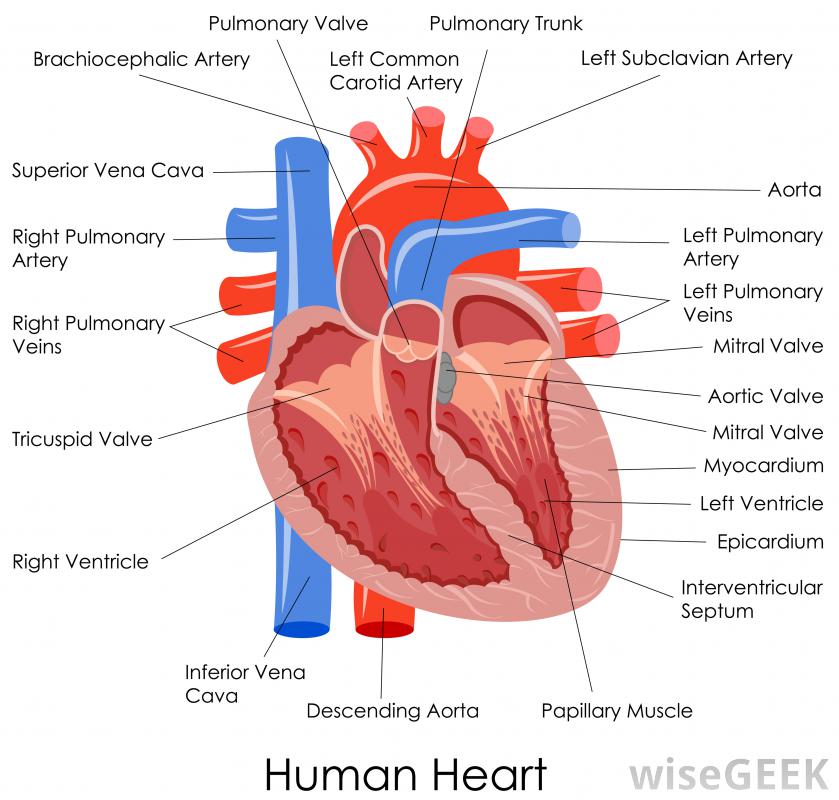What is a stent graft?
Stent graft is a flexible tube used to repair or support damaged parts of blood vessels. These brackets are made of metal frames and covered by a very durable fabric. Placing a stent graft into a damaged blood vessel is a relatively simple procedure, even if the blood vessel is located around the heart. The most common use of stent grafts is to prevent…
Stent graft is a flexible tube used to repair or support damaged parts of blood vessels. These brackets are made of metal frames and covered by a very durable fabric. Placing a stent graft into a damaged blood vessel is a relatively simple procedure, even if the blood vessel is located around the heart.
The most common use of stent grafts is to prevent rupture of aneurysms in blood vessels.

The frame in the stent graft is made of metal mesh, which can prevent the stent from losing its shape due to blood pressure. The stent is usually used on the blood vessel wall. A durable fabric, such as polyester fiber, is installed around the bracket. In some cases, this fabric may only cover a part of the stent, or it may only cover the inside or outside of the stent. Using a fully covered stent can reduce the risk of tumors due to the device, although covering the entire stent is not always feasible.
Placing a stent graft into a damaged blood vessel is a relatively simple procedure to operate blood vessels around the heart.
The most common use of this stent is to prevent aneurysm rupture in a blood vessel. An aneurysm can cause blood vessels to swell due to the weakness of the blood vessel wall. Over time, balloons make blood vessels torn or tear easily. When this happens on major blood vessels such as the aorta, it may cause the patient to die. The use of stent grafts to provide structure and support for damaged blood vessels can greatly reduce the patient’s risk of serious events related to the following conditions: aneurysm
In most cases, covered stents can be inserted into the patient’s blood vessel in a relatively non-invasive way. The doctor inserts the stent into the blood vessel through an easily accessible area and sends the stent upwards through the blood vessel until it reaches the damaged part. When the doctor moves the stent into place, it shrinks into a narrow tube, allowing the doctor to move the stent in the blood vessel.
Once the covered stent reaches the damaged part of the blood vessel, the doctor uses a balloon to expand the stent to its maximum size. Once expanded, the stent sticks to the wall of the damaged blood vessel, and the blood pressure on the blood vessel wall now presses on the stent instead, preventing further damage to the blood vessel wall.
